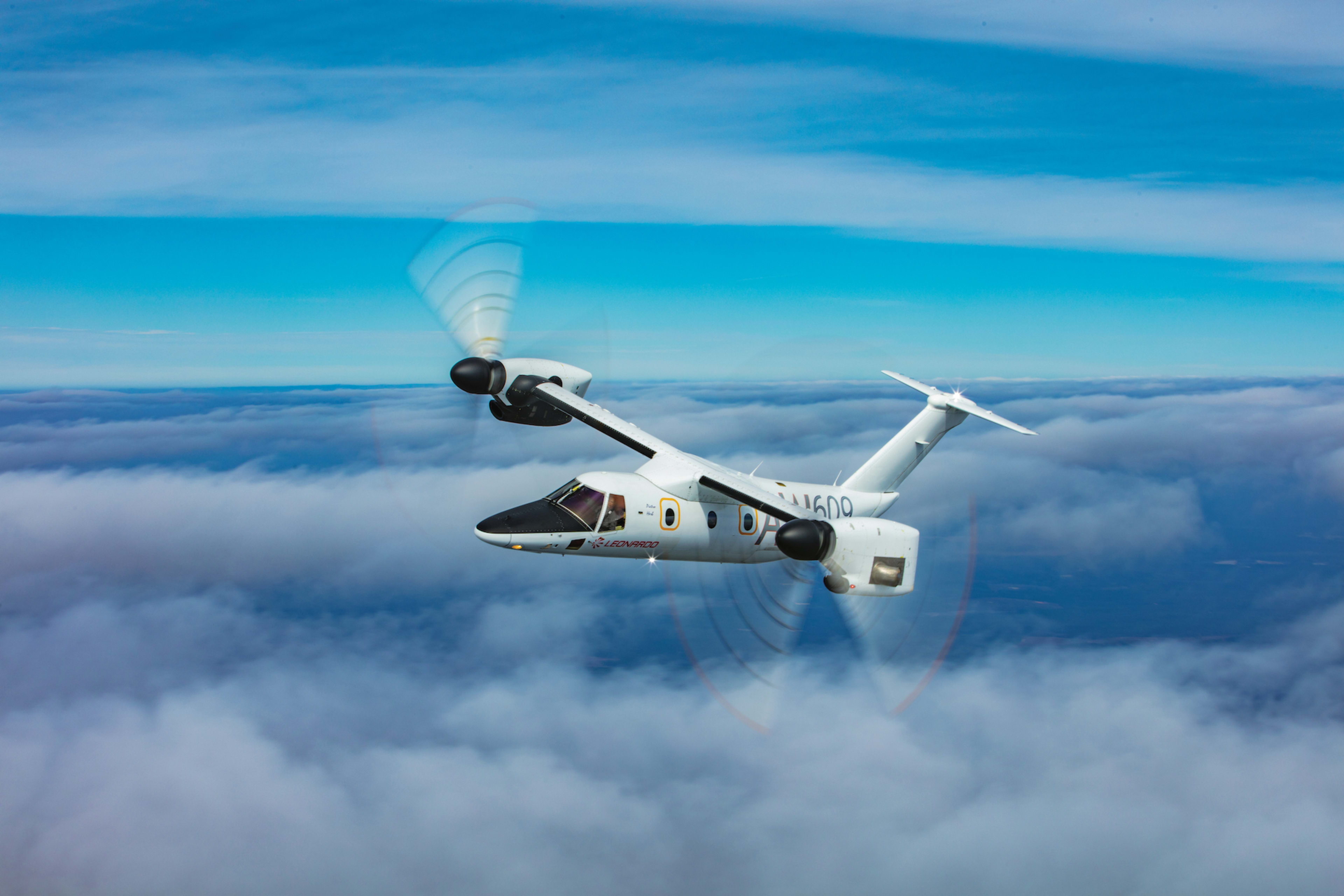As we evolve the use of our air space during the next few decades, we will see numerous new innovations in aviation. For example, we will see drone usage increase, both for businesses and consumers. Sustainable air transportation into urban areas will become more common. However, there is a technological revolution coming soon, that by the time it is certified for commercial operation, will redefine what’s possible in air travel in order to connect cities centers or reach remote areas. It will bring people from one site to another within 2,000 km (roughly 1,243 miles), connecting areas previously unserved by any means of rapid transportation.
The AW609 tiltrotor is the world’s first aircraft of its kind, designed to deliver public services such as this and more. Imagine an aircraft which is neither a helicopter nor an airplane, but it does exactly what both are specifically designed to do: take off and land vertically, hover, fly at high altitude and high speed, and cover long distances.
TRANSFORMING AIR TRAVEL, SAVING LIVES

This magic happens within 40 seconds: the tiltrotor transforms, in the air, from helicopter to airplane and back smoothly, while tilting its two nacelles (a streamlined pod or tank on the outside of an aircraft) with the two purpose-built ‘proprotors’ (so called as each plays the dual role of propeller in airplane mode and rotor in helicopter mode). This is paired with advanced electronics, an ability to climb to nearly 25,000 feet, and hosting passengers in the comfort of a plane-like pressurized cabin with a cruising speed of 270 knots. The AW609 goes beyond the limits of helicopters and is not limited by the constraints which affect airplanes: the need for airports and long runways.
This brings multiple benefits for passengers. Point-to-point transfers make traffic jams to and from the city or on highways a thing of the past, as well as time lost at check-in, security, and baggage retrieval. If you live in a remote area, it improves mobility and facilitates access to medical care. In Australia, the AW609 is being carefully evaluated as a replacement for the traditional mix of air/land rescue, streamlining the logistics of the whole operation—because saving time means saving lives. The Tokyo Metropolitan Government is conducting an ongoing study of the AW609 for use in reaching the Ogasawara Islands, around 1,000 km (approximately 621 miles) from the mainland, which can currently only be reached after a twenty-five-hour ferry journey. In both cases, the new tiltrotor offers a valuable opportunity to significantly improve the efficiency of search and rescue teams and therefore the lives of people in distress in these communities. The AW609 means less search, more rescue—covering longer distances, monitoring larger areas, identifying those in need of help. It also has the capacity to hoist rescues without landing, delivering first aid on board, and flying to the optimal destination for intensive care.
STATE-OF-THE-ART TECHNOLOGY SET TO ACHIEVE CIVIL CERTIFICATION
What will it take to make this revolution happen? The AW609 is completing the final phase of its development and will soon be introducing its state-of-the-art technology that should redefine aeronautical regulations and procedures, as well as the pilot’s skill set. This is happening in full coordination with the Federal Aviation Administration in order to verify the use of the AW609’s capabilities, effectively, efficiently, and safely—and all this with a minimal disruption to existing infrastructure.
For more information, visit Leonardo.
Recognize your brand’s excellence by applying to this year’s Brands That Matter Awards before the early-rate deadline, May 3.
